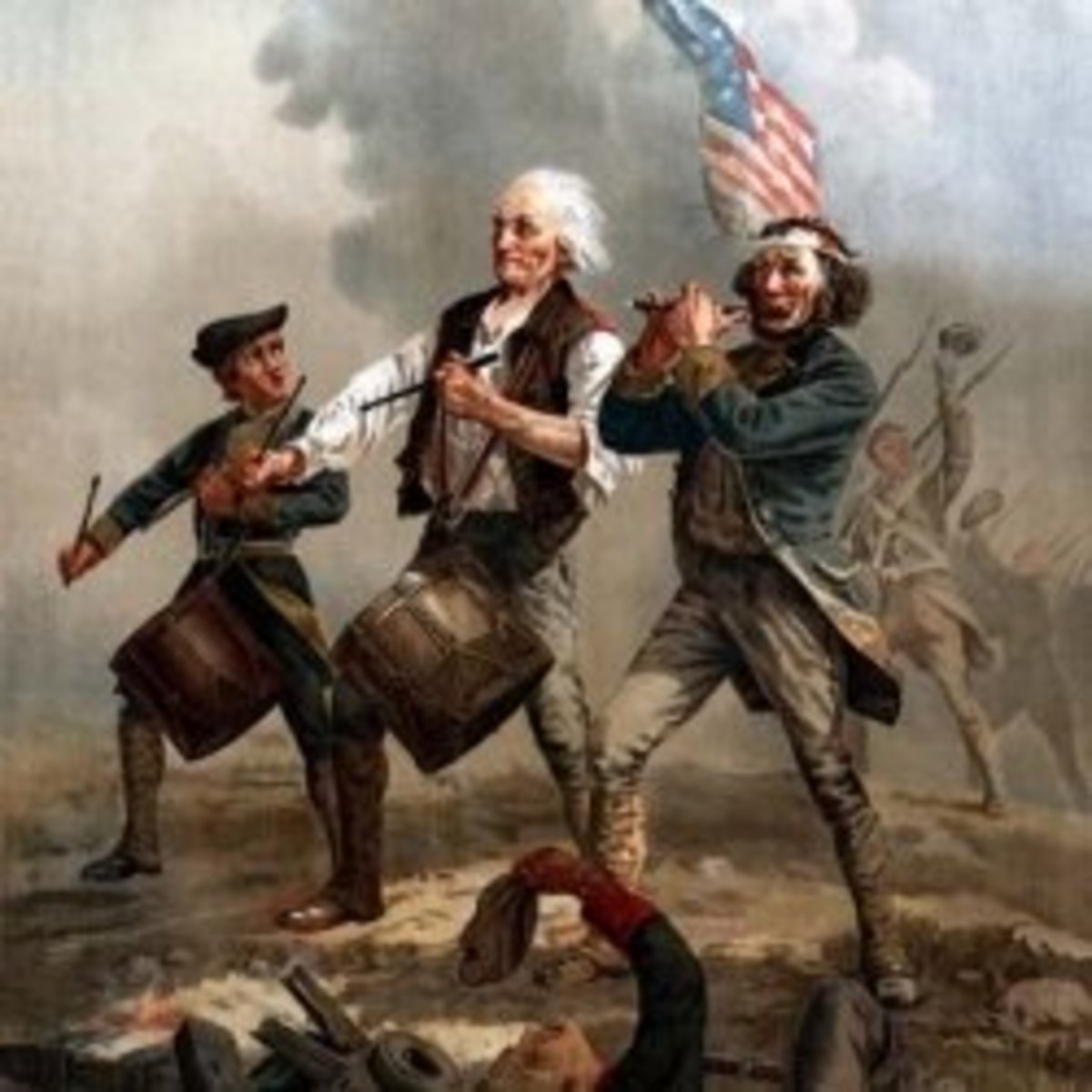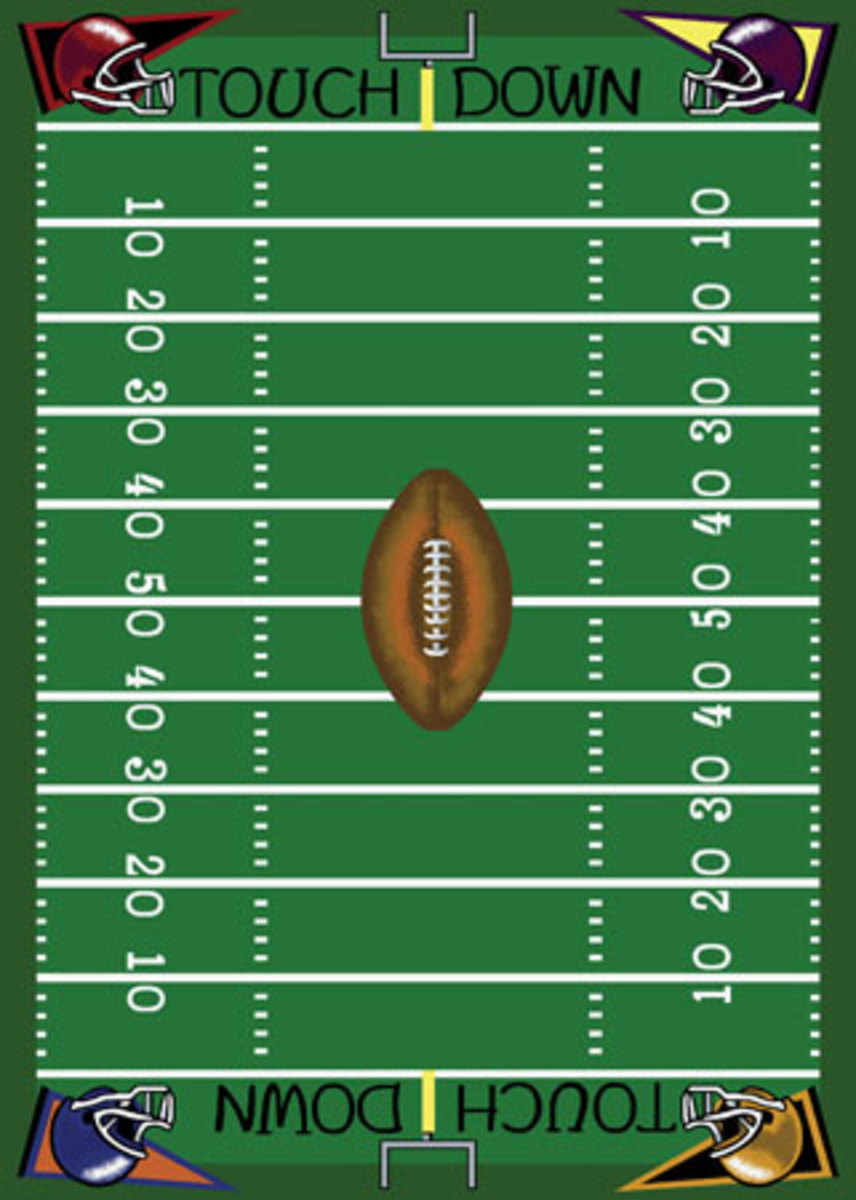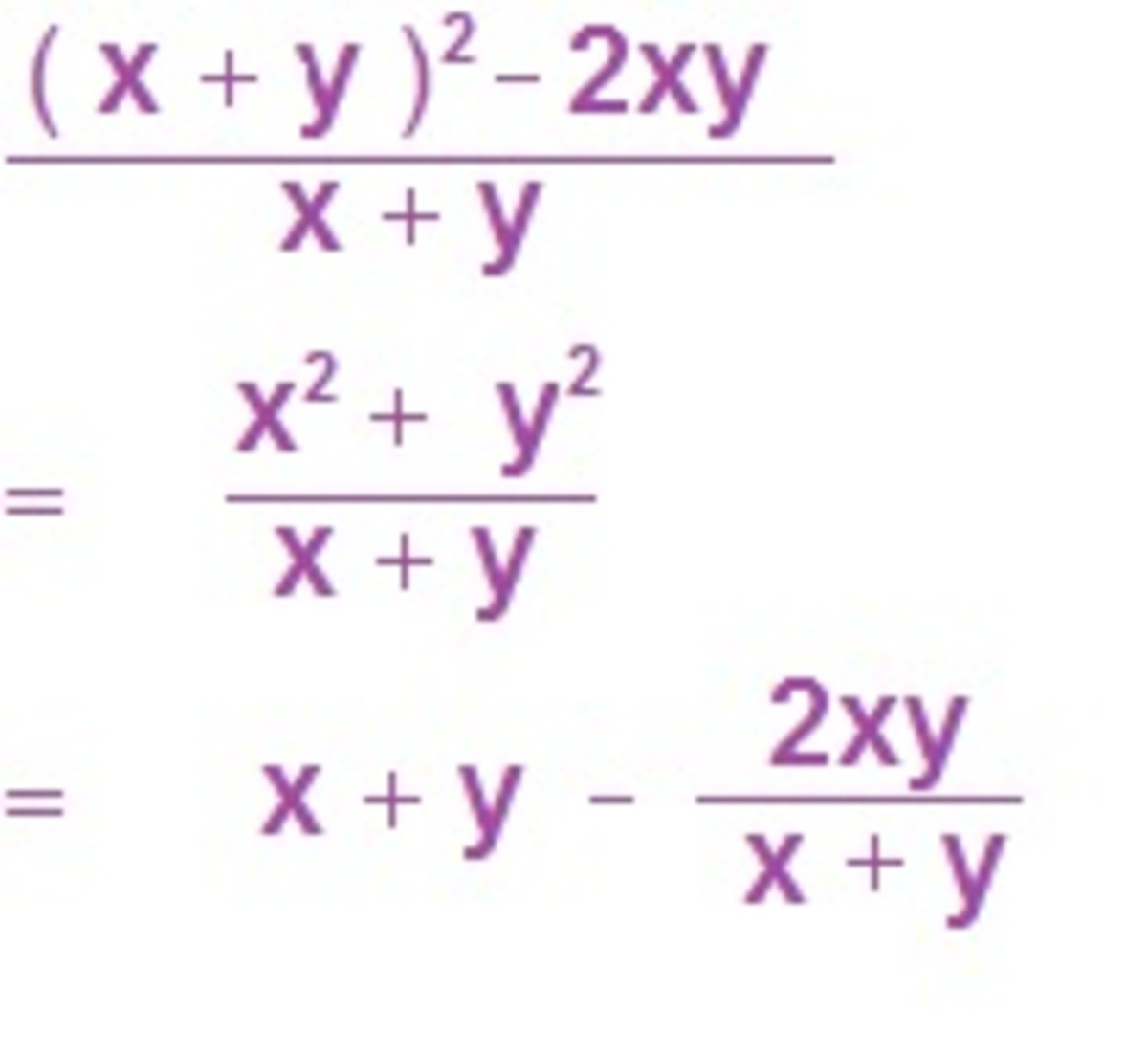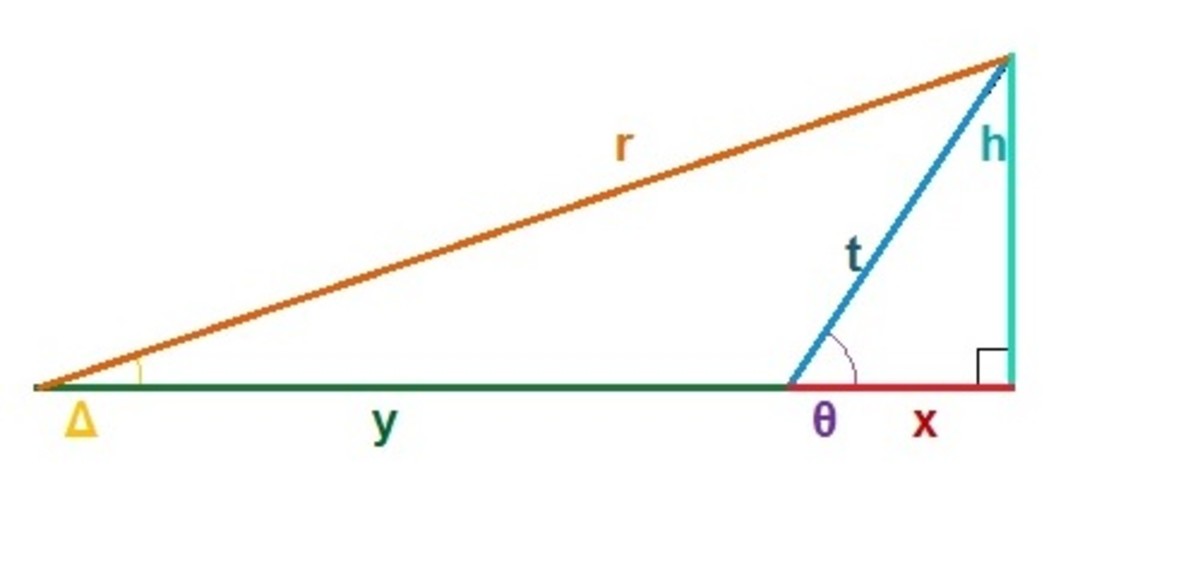Extra Credit: Math Cartoon--"Cathy" and How much does stuff cost?

If I Were to Make the Math Cartoons a New Series, Would You Read More from this Series?
During my tenure as a middle school math teacher, I got asked often at the beginning of the year, "Mrs. Huldie do you give extra credit?" Usually this question was raised during good old, Back to School night. And my answer was, "yes!" And I would also add that they should have also seen that I did give extra credit in the course outline they read and signed on the first day of school too.
My extra credit assignments utilized my affiliation with National Council of Teachers with Mathematics that I subscribed to each year. The membership gave me access to their website and publications that were rich with teaching resources. One such resource was listed in every monthly issue of the middle school print journal, which was their Cartoon Corner column. Each month a new cartoon was printed along with questions that corresponded with the cartoon. The questions were usually pertaining to at least one of the topics we were covering. So I would try to reproduce 3 cartoons every quarter (a quarter was usually three months long, so one cartoon a month) for the school calendar year. These three cartoon assignments were usually allowed to be started after a test was finished for those who finished early in class and then were taken home to be completed. Once completed it needed to be handed back to me to be checked for completion, as well as accuracy. And each one counted as 33 points each. All three completed accurately counted as an extra test score of 100 (yes I gave them one point on me for completing all 3---33 x 3 = 99 +1 = 100).

- Middle School Math Back to School Lesson: Budgeting...
This Hub is about teaching Middle School Math through the use of a hands-on activity. The topic being taught here is budgeting and the hands-on activity is using the book, Harry Potter and the Sorcerer's Stone: Book 1 to make a budget.
The Cartoon: Cathy and the Cost of a Cup of Coffee
Recently, I wrote an article about budgeting with Harry Potter for a middle school math classroom setting. The cartoon that I will be sharing in this article went along perfectly with that unit and used the popular cartoon of "Cathy". In this cartoon, "Cathy" was standing in line buying coffee at her local coffee store and complaining about the cost of coffee each day in comparison to the price of gas. Two things I am sure most kids do hear their parents complain about nowadays is indeed the price of gas and the price of coffee at places like Dunkin Donuts or Starbucks. So a very relevant budgeting concept for today's middle school child.
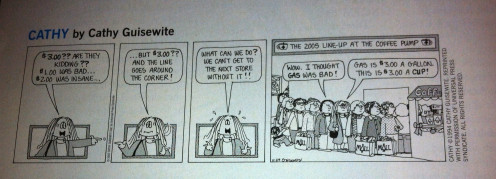

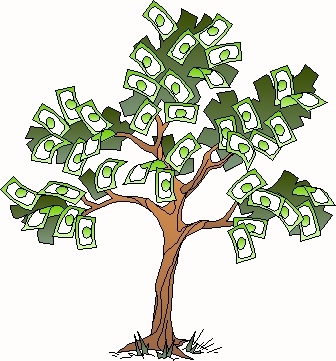
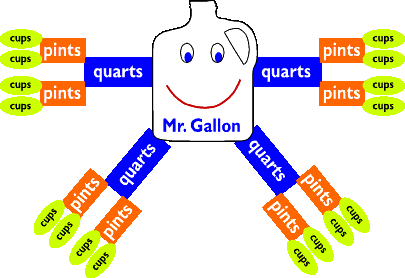
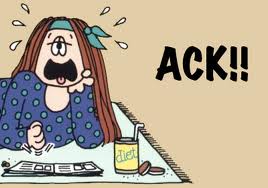
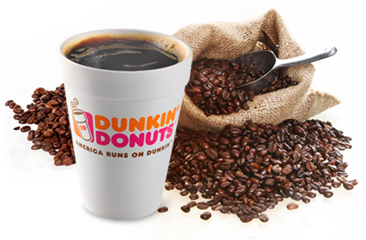
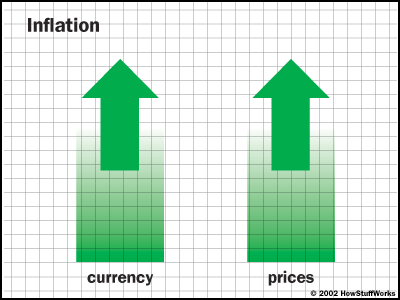
How Expensive Is That Stuff??
The Questions that Went Along with the Above Cartoon:
1. Question: How much would a gallon of coffee have cost back in 2005?
Answer: Here we are using prior knowledge about measurements in math and will have to convert cups into gallons. How can we do this? Well 2 cups = 1 pint; 2 pints = 1 quart; and 4 quarts = 1 gallon. Therefore, we must multiply 2 cups x 2 pints x 4 quarts, which give us the equivalent of 1 gallon being equal to 16 cups. In the cartoon one cup of coffee in 2005, was $3.00. So to find out the cost of a gallon of coffee in 2005, we must now multiply 16 cups x $3.00, which equals $48.00 for one gallon of coffee in 2005.
2. Question: If an adult bought and drank one cup of coffee a day from the shop above, how much would she have spent in a year?
Answer: Well one cup cost $3.00 and we know there are 365 calendar days in a regular (non-leap year) year. So $3.00 x 365 days, would be equivalent to $1,095.00 to get one cup of coffee a year at that exact coffee shop.
3. Use a calculator and assume that coffee increases in cost 5 percent a year from 2005 on. How much would an adult spend on coffee in the following years, drinking one cup of coffee a day?
a. 2006
b. 2007
c. 2008
d. 2009
Answer: First, we need to find a 5% increase. How do we do that? When we found the cost to be $1095 in 2005 that was 100% of the cost. Well for each subsequent year we need to find the cost to be 5 percent more that 100%, so that is the price needs to be 105% cost (when we multiply with decimals, we need to remember to move the decimal place 2 places to the left to convert the percent to a decimal). So 105% should equal 1.05 as a decimal, which is what we will be multiplying by.
a. $1,095 (2005 yearly cost) x 1.05 (5 percent increase) = $1,149.75 for 2006
b. $1,149.75 (2006 yearly cost) x 1.05 (5 percent increase) = $1,207.24 for 2007
c. $1,207.24 (2007 yearly cost) x 1.05 (5 percent increase) = $1,267.60 for 2008
d. $1,267.60 (2008 yearly cost) x 1.05 (5 percent increase) = $1,330.98 for 2009
4. A Platinum Keurig Coffee Machine that brews K-Cups from places like Dunkin Donuts on sale at Kohl's cost $99. And the Keurig® K-Cup® Portion Pack The Entertainer Variety Pack - 48-pk.is on sale at Kohl's for $35.99. That is almost a 2 month supply. How many of these K-Cup packs will one need for the year and how much will the coffee maker, plus the K-Cups run for the year? How much would you save for this compared with how much you spent in 2009 for a years worth of coffee?
Answer: 365 days divided by 48 is approximately 7.6. So we will need 8-48 packs for the year. So $35.99 x 8 = $287.92. And don't forget to add the original cost of the Keurig coffee machine for $99. So the total for the year's worth of coffee is $287.92 + 99 = $386.92 for the whole year. Which is a little over $1.00 for coffee each day! The difference from 2009's coffee year total is $1,330.98 - 386.92 = $944.06 (savings)!!

Read More of My Hands-On Math Lessons:
- Stock Market Middle School Math--Mean, Median and Range
This Hub is about teaching Middle School Math through the use of a hands-on activity. The topic being taught here is statistics (specifically mean, median, and range) and the hands-on activity is using the Stock Market. - More Hands-On Math--Using the Pythagorean theorem
This Hub is about teaching Middle School Math through the use of a hands-on activity. The topic being taught here is the pythagorean theorem and the hands-on activities are the Super Bowl (buying an HDTV and TV stand) and the Baseball World Series (t - IPod Touch--Middle School Math and Using Percent Problems
This Hub is about teaching Middle School Math through the use of a hands-on activity. The topic being taught here is percent problems and the hands-on activity is buying an Apple IPod Touch. - Friendship Bracelets--Teaching Factors to Middle School Kids--A Hands-on Approach
This Hub is about teaching Middle School Math through the use of a hands-on activity. The topic being taught here is Factors and the hands-on activity is friendship bracelets and bead groupings and pattern.
Summing It Up...
Interestingly enough, these extra credit (cartoon) assignments, were sometimes a bit of a challenge for my students, but I always offered extra help during the school week and they were more than welcome and even encouraged to bring these assignments to extra help, where I would be happy to answer any questions and try to guide them in the right direction.
In the case of this cartoon assignment that I shared from up above, the prior knowledge of measurement conversions, as well as percents and decimals rules were something that some students possibly did not recall and therefore may get stuck without a bit of guidance from their teacher. But in my eyes this was extra credit and quite enjoyed getting the kids to think a bit outside the box so to speak.
Also, I loved how these cartoons were most likely originally printed in the local daily paper and this once again proved very nicely how math truly does come up in everyday lifetime and time again. Plus the topic of buying and drinking coffee is a very legitimate and real budgeting concern for many teens and adults alike. So yet another topic, I felt my students could relate to in a real-life setting.
Students and parents usually do seem to always be interested in extra credit come report card time and I also truly did feel this gave the students, as well as parents ample time to work on the extra credit as the school quarter progressed, so that I was not ever springing the extra credit on them at the last minute. For I outlined my grading procedure from day one in my course outline handed out to the students that needed to be shown back to me with a signature (for a homework assignment grade, the original course outline was put neatly in their math notebook to refer back to) and then again reminded parents at back to school night. I tried very hard to keep my students and their parent abreast with my curriculum and course objectives from the very beginning and would remind them all through the school year too.
So in the end, I felt that this extra cartoon credit assignment was truly a beneficial incentive for my students for the real-life modeling of math, as well to help boast their grades ever so slightly for the given school quarter too. In my book, it was a win-win situation for all.


About the Author...
Janine is a freelance writer and mom of two. She is known for being a certified and licensed professional Math Teacher through NY State and has taught in both the middle and high school levels. You can checkout her profile and more real-life Math articles here.
Are you interested in writing for Hubpages? You can sign up today and publish your first article!
© 2012 Janine Huldie

Buy Books about Middle School Math on Amazon:
© 2012 Janine Huldie


